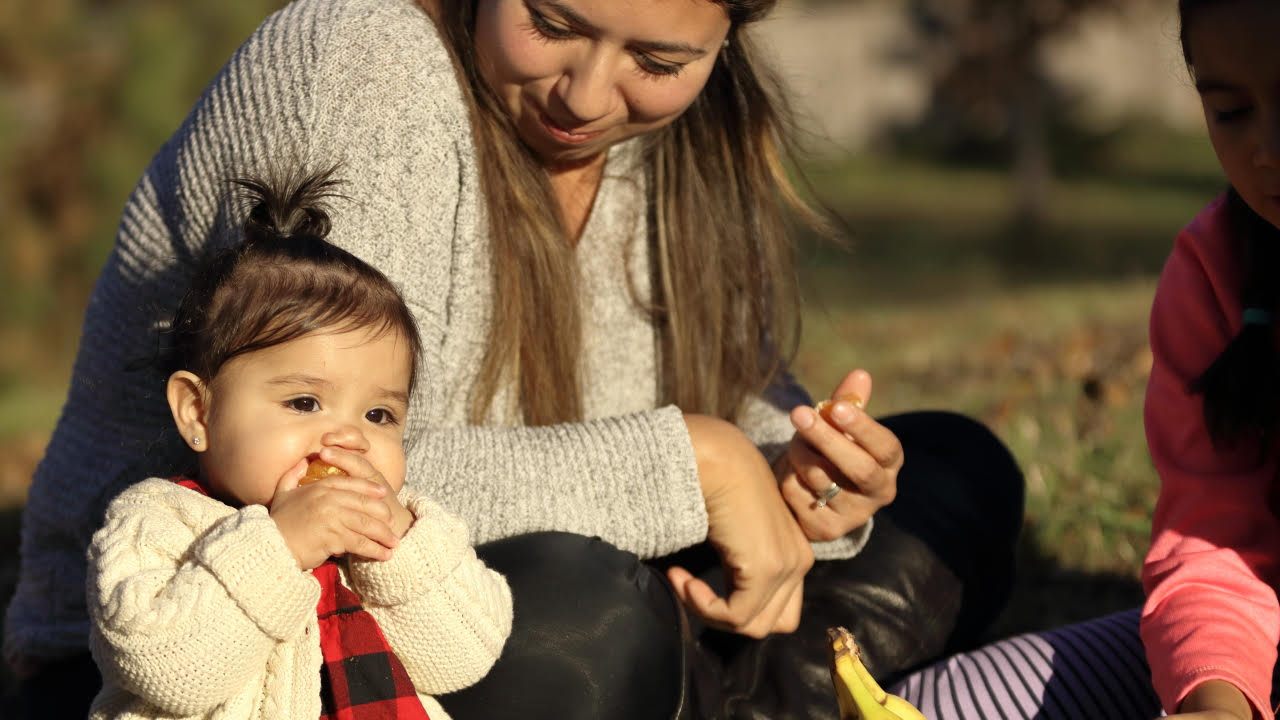Oregon’s law is stronger and more protective than the US EPA
2024 kicks off with a major victory showcasing how environmental justice advocates won against powerful pesticide corporations!
Oregon has officially banned Chlorpyrifos, a highly toxic pesticide linked to child neurodevelopment harm, for nearly all applications. Beginning January 1, 2024, Oregon not only prohibits Chlorpyrifos use on all food crops, but also bans its application on Christmas trees, grass seed fields, and golf courses! We are the fourth state to take decisive action to protect people and wildlife from this notorious organophosphate poison.
There is a history to this victory! In 2019, Beyond Toxics worked with legislators to call for a ban on chlorpyrifos. We did so again in 2020, in partnership with PCUN, Oregon Farm Workers Union and Unete Center for Farm Worker Advocacy. We also formed a partnership from EarthJustice to provide additional expertise on organophosphate pesticides at the Legislature.
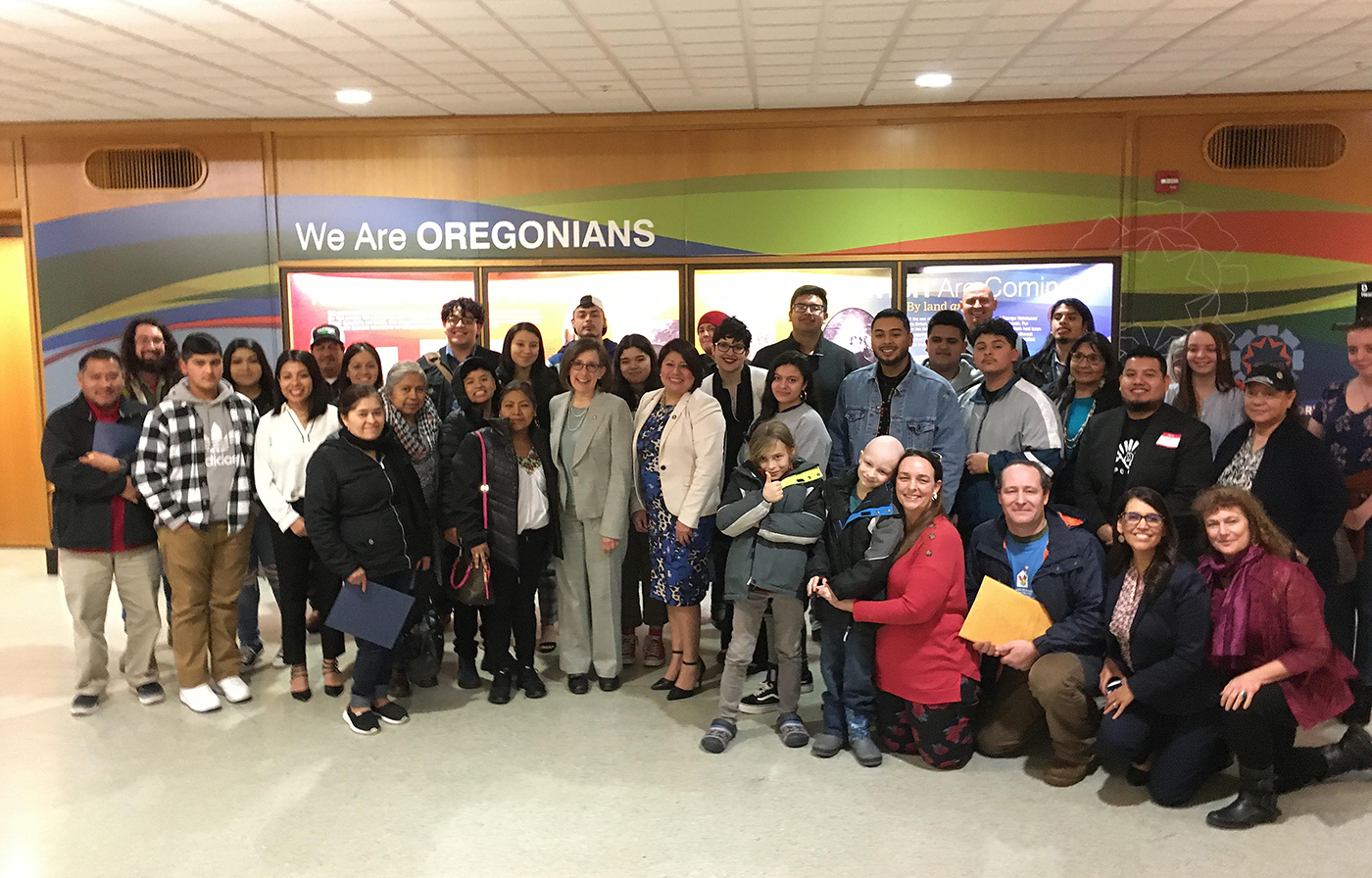
The Chlorpyrifos Advocacy Team assembled at the State Capitol in Salem in Feb. 2020
These bills ultimately didn’t pass, but the issue was hotly debated in many committee hearings. We raised a high level of awareness with compelling testimonies from Oregonians and the evidence of harm caused by this WWII-era nerve poison. As a result, the Oregon Department of Agriculture took action to adopt rules to phase-out nearly all chlorpyrifos use in Oregon by December 31, 2023.
You may want to watch, A Child’s Cancer Story (YouTube) about an Oregon rural family who battled their son’s cancer after he was directly exposed to chlorpyrifos from an aerial spray drift incident in 2019.
also: See one of my previous blogs, "Winning the Battle to Ban Chlorpyrifos!" Aug. 2021
Oregon’s law to eliminate most chlorpyrifos uses is significantly stronger and more protective than the rules adopted by the U.S. Environmental Protection Agency (EPA). The federal agency revoked all tolerances for chlorpyrifos residues on food crops on August 18, 2021. A tolerance level is an established amount of a pesticide that is allowed on food. Revocation means that the EPA determined that there is no safe level of that pesticide on food. Researchers found that chlorpyrifos presents unacceptable safety risks through exposures from food, drinking water, spray drift, volatilization, and worker activities.
Oregon’s state law ends the use of chlorpyrifos on much more than food crops!

Oregon will no longer allow its use on Christmas trees, grass seed fields and golf courses. These are examples of non-crop uses that could lead to dangerous levels of human exposure. Would you feel comfortable bringing a Christmas tree recently doused with highly toxic pesticides into your living room? Or walking through a golf course that was sprayed hours earlier with chlorpyrifos?
Chlorpyrifos is one of the pesticides most often linked to pesticide poisonings. In fact, children and farm workers in agricultural communities have the highest risk of being exposed through pesticide drift, drinking water and accumulation in house dust. 1 Acute poisoning can damage nerve impulses in the body, causing convulsions, respiratory paralysis, and, in extreme cases, death. 2
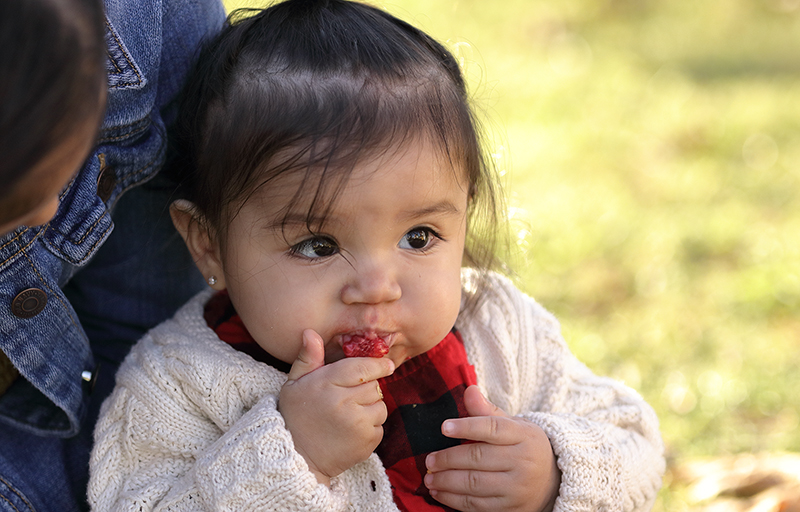

Children are the most vulnerable to chlorpyrifos exposure. Prenatal exposure to very low levels of chlorpyrifos can cause permanent harm to a child’s nervous system, including brain damage. 3 This harm may not be observable at birth. Prenatal exposures to chlorpyrifos are associated with other problems such as lower birth weight, reduced IQ, loss of working memory, attention disorders, and delayed motor development.
It is also necessary to end the use of chlorpyrifos to protect pollinators, fish and birds. This powerful neurotoxin can decimate beneficial insects that are necessary for a healthy ecosystem and food production. A 2017 article published in Scientific Reports reported that even relatively low doses of the pesticides like chlorpyrifos prevent tiny songbirds from achieving successful migrations, and sometimes even cause illness or death. 4
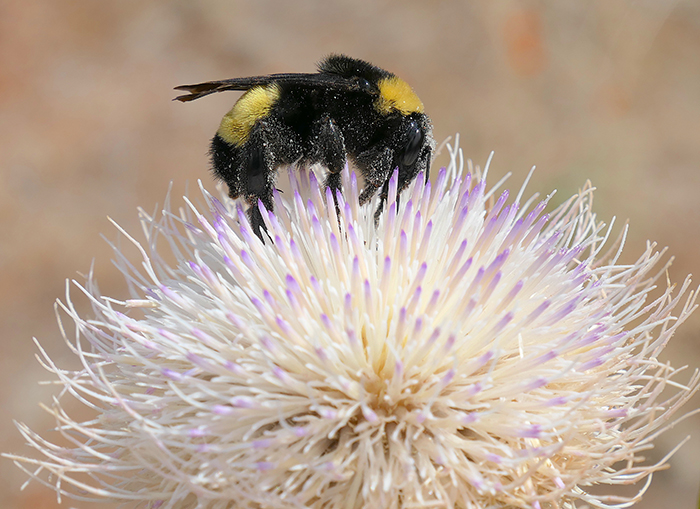
Photo by Donnarae Aiello
There are three remaining allowed uses of chlorpyrifos:
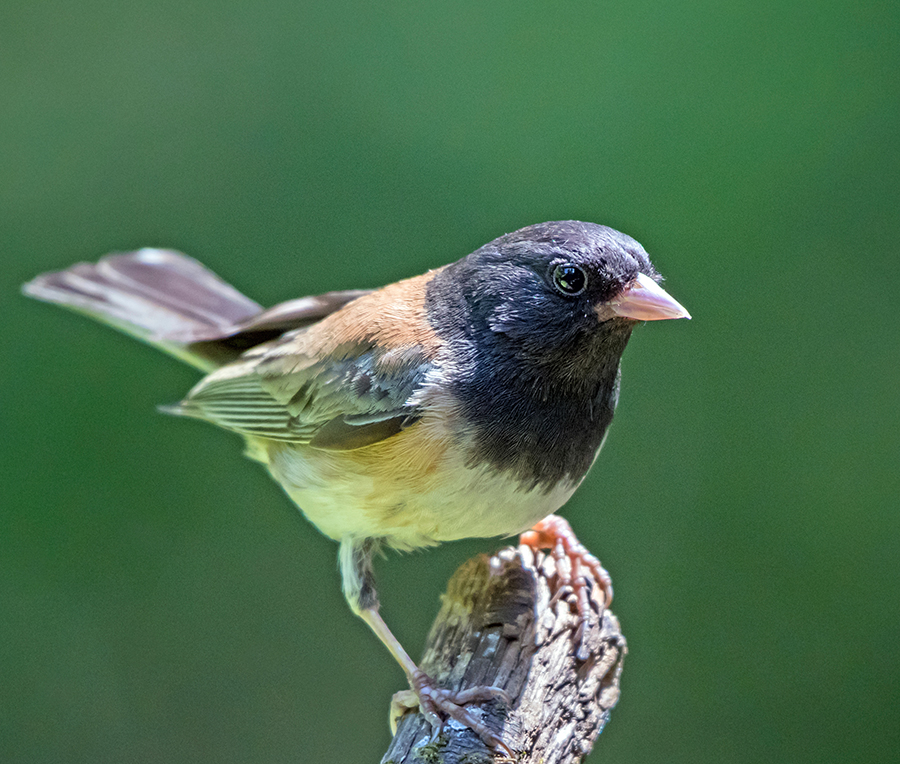
For example, the grains of chemicals in a granular application can attract birds that might likely eat the poison. A songbird ingesting just eight chlorpyrifos granules per day over three days could suffer poisoning effects, migration delays and improper migratory direction, which could lead to increased risk of mortality or lost breeding opportunity. 5
To safeguard children, farmworkers, and wildlife from the potential dangers of chlorpyrifos, our goal is to make sure they are completely phased out of products for all uses!
~ Lisa Arkin, Executive Director
References
2) https://www.ncbi.nlm.nih.gov/pmc/articles/PMC5673499/
3) Brain anomalies in children exposed prenatally to a common organophosphate pesticide (PDF)
Virginia A. Rauh var1@columbia.edu, Frederica P. Perera, Megan K. Horton, +6 , and Bradley S. Peterson
4) https://www.nature.com/articles/s41598-017-15446-x.epdf
5) ibid
NEWS:
Most uses of controversial pesticide are now prohibited in Oregon
By Alejandro Figueroa, OPB
